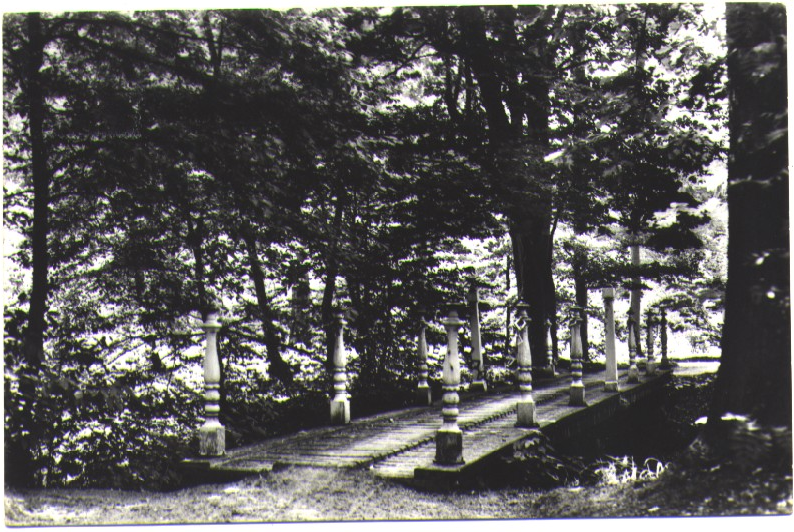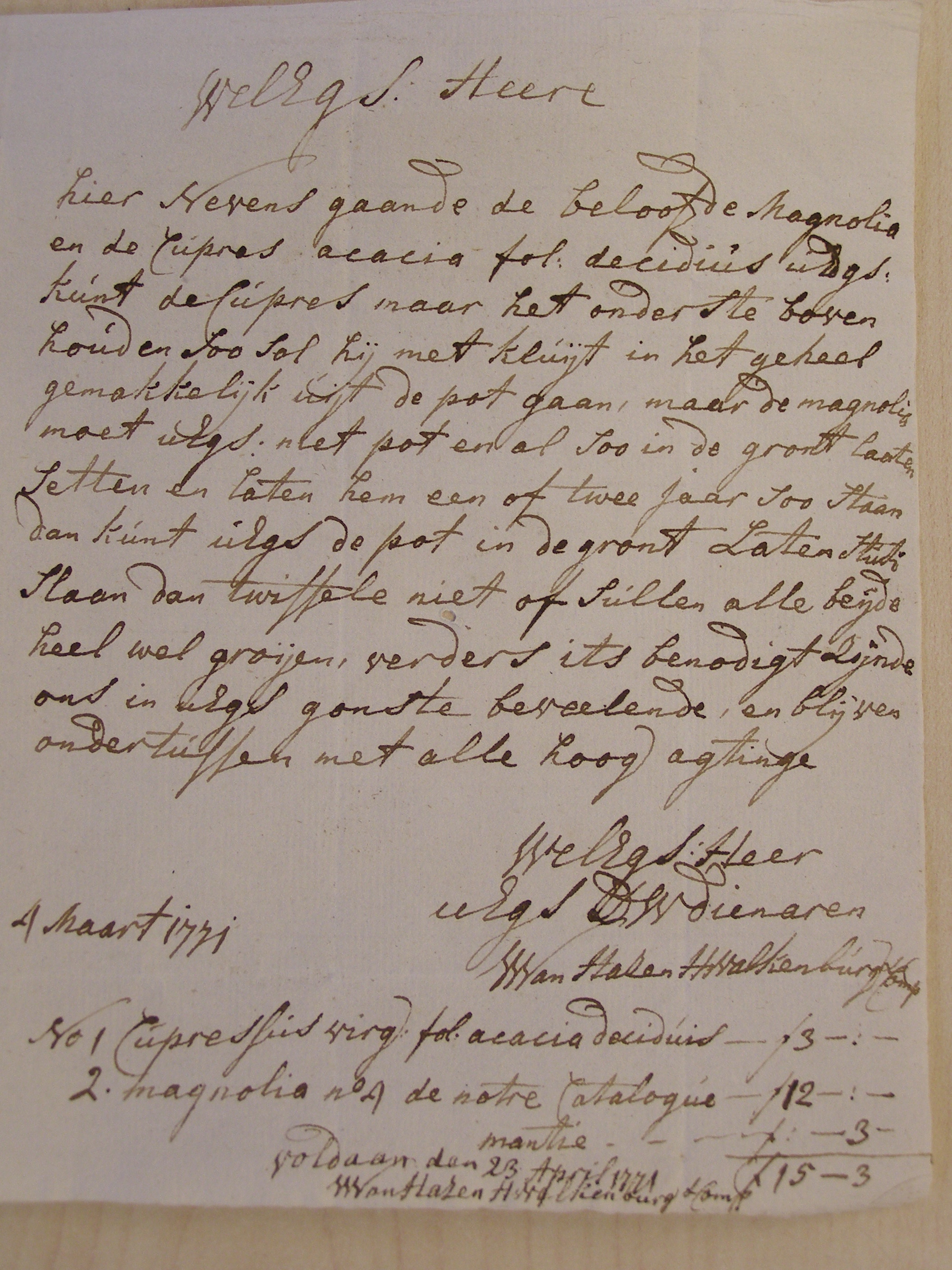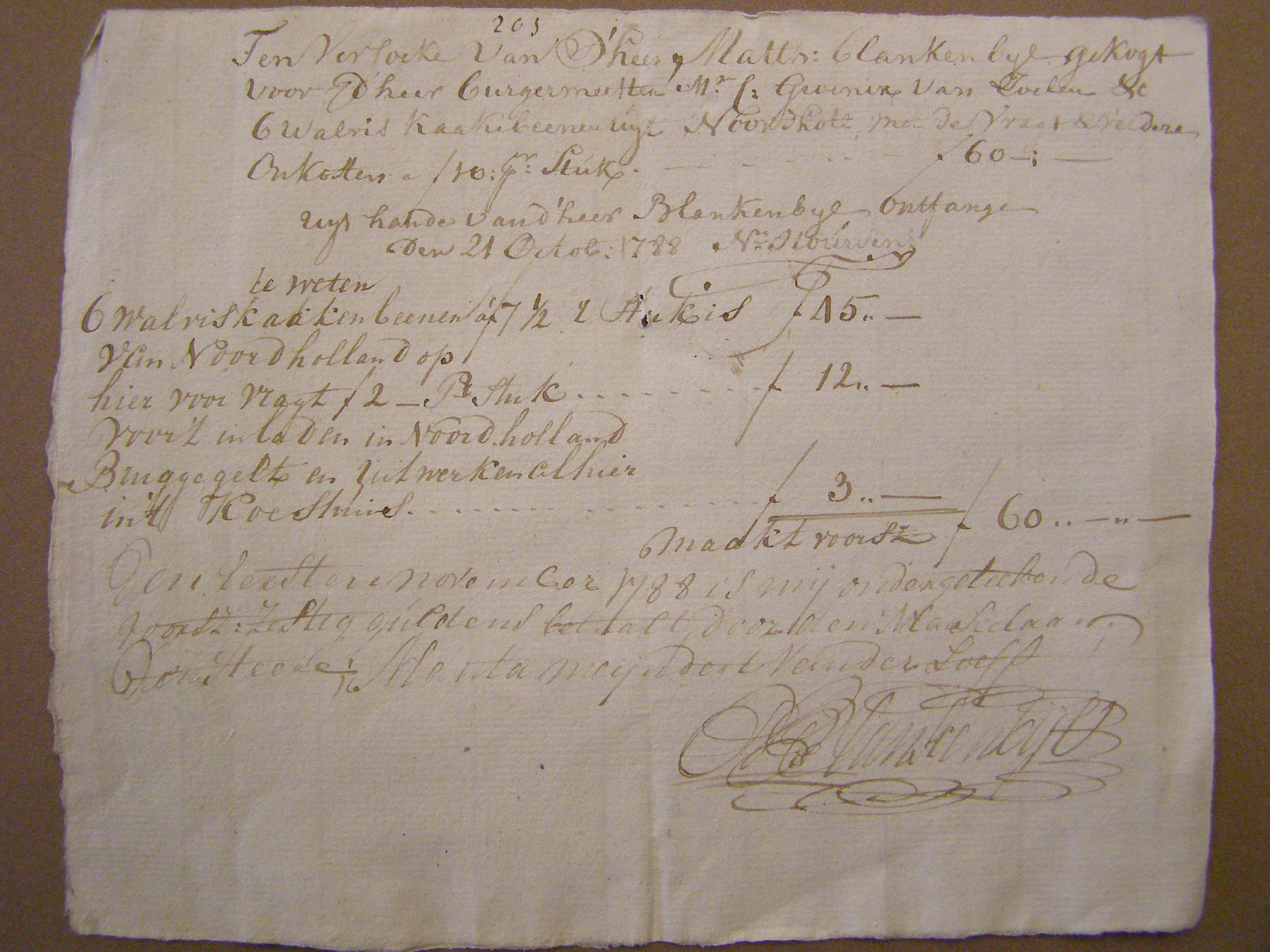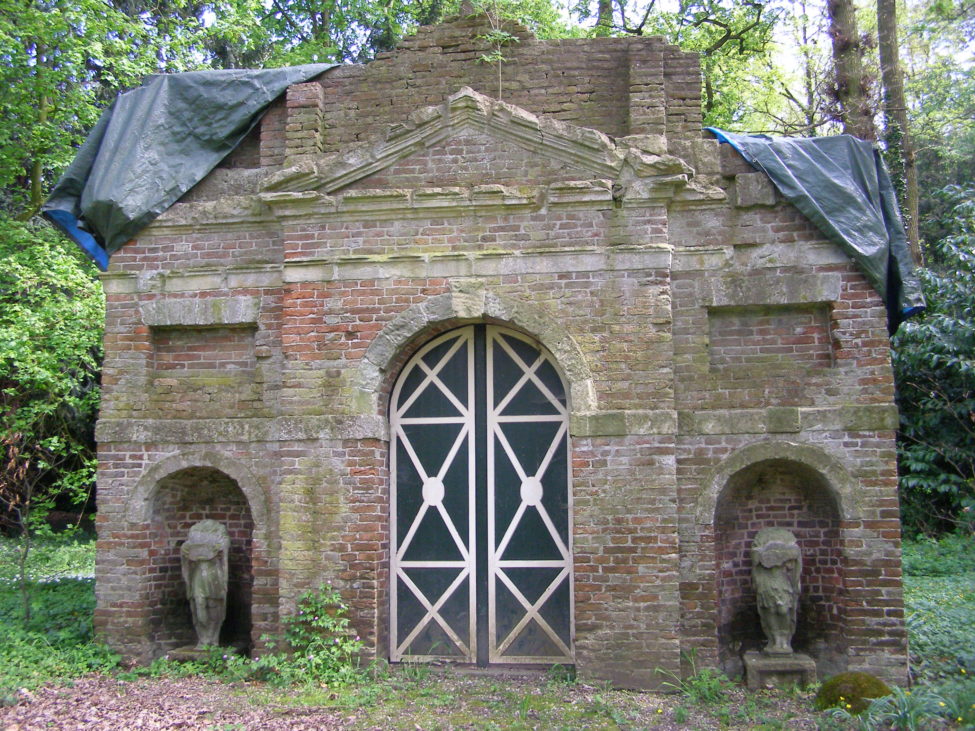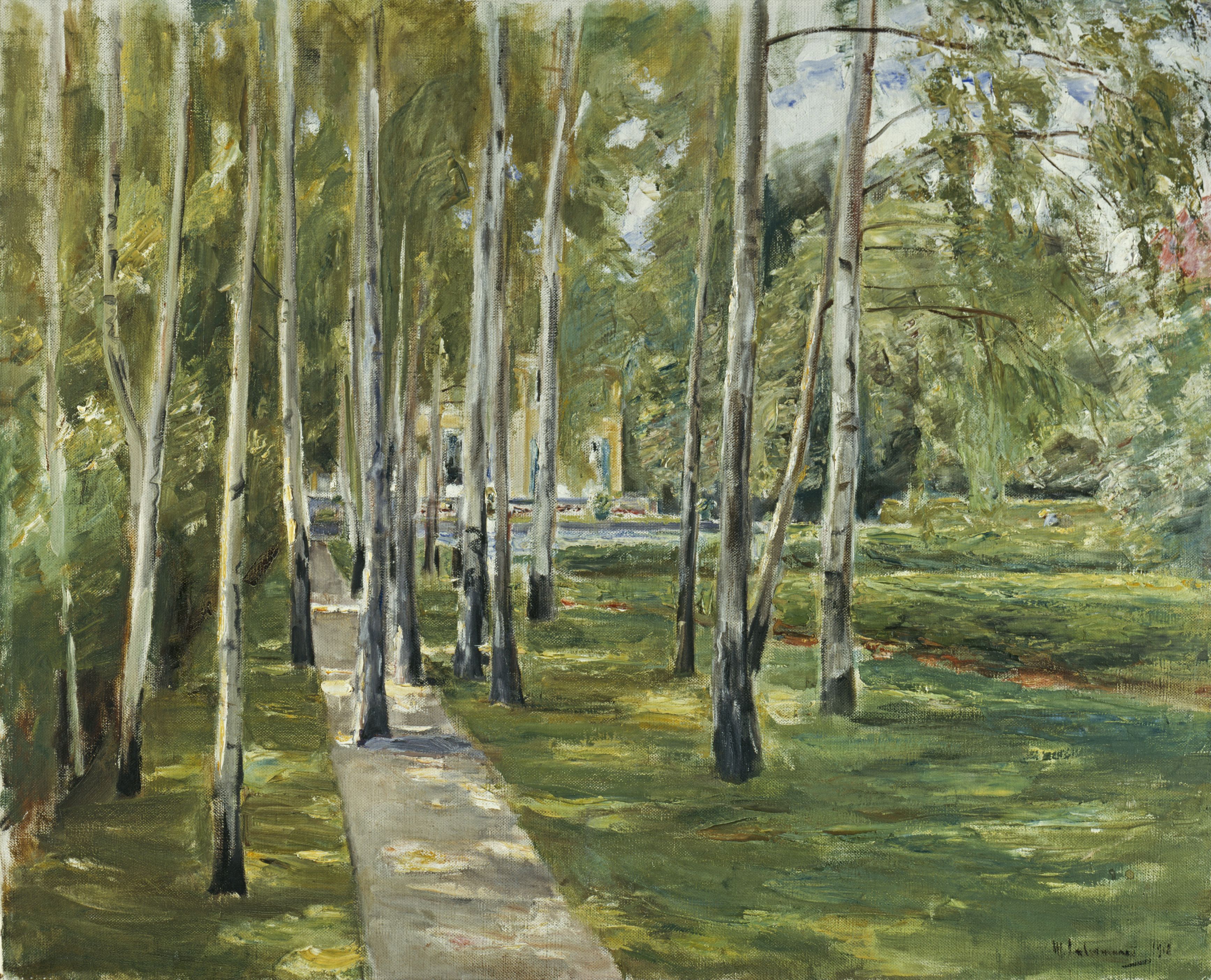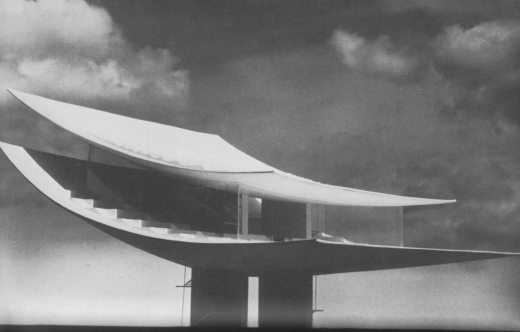Met buskruit boomstobben verwijderen

Just read about this today: an odd way of removing tree stumps and unwanted big root systems. By blasting them out with gun powder. In Hanover, 1777. The garden’s owner was raised in England. Was this common practice in Germany or England, halfway the 18th century?
Just read about this today: an odd way of removing tree stumps and unwanted big root systems. By blasting them out with gun powder. In Hanover, 1777. The garden’s owner was raised in England. Was this common practice in Germany or England, halfway the 18th century?

